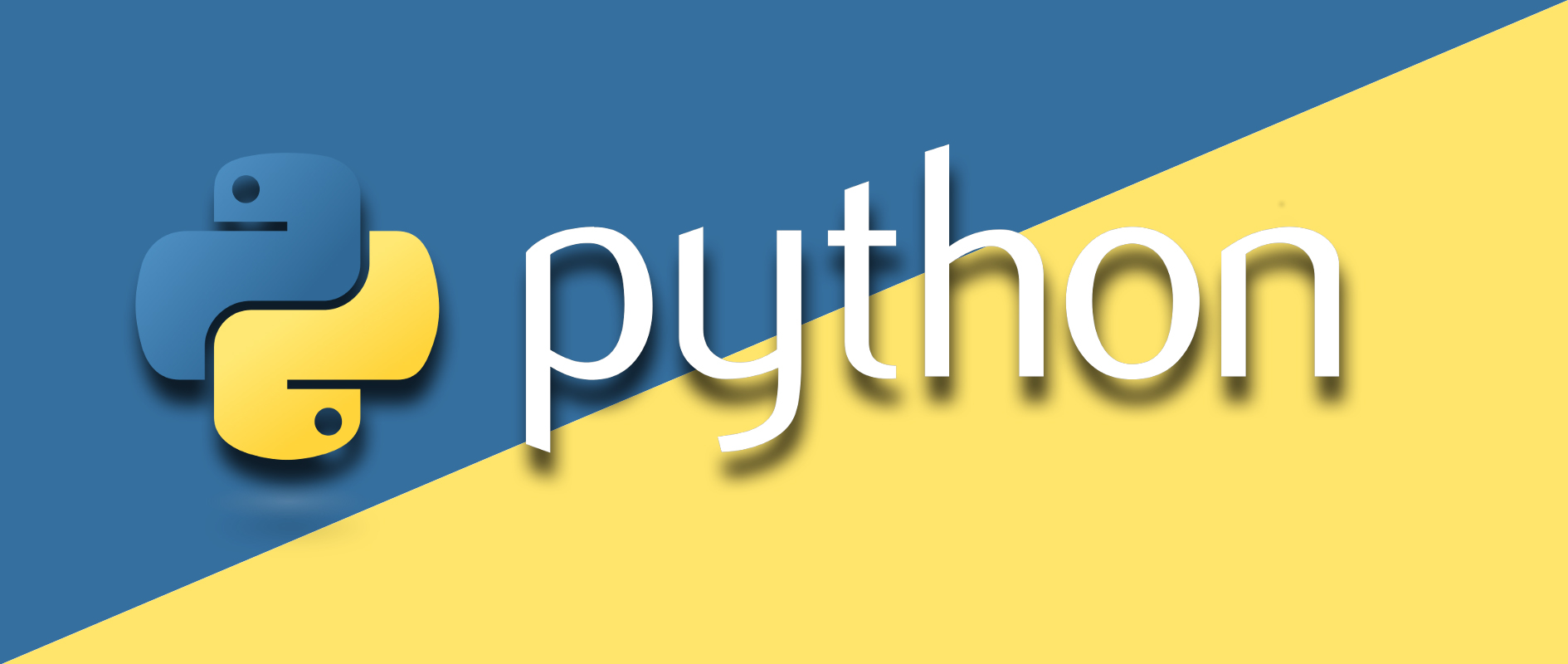
人生苦短,我用 Python
前文传送门:
小白学 Python 爬虫(2):前置准备(一)基本类库的安装
小白学 Python 爬虫(3):前置准备(二)Linux基础入门
小白学 Python 爬虫(4):前置准备(三)Docker基础入门
小白学 Python 爬虫(6):前置准备(五)爬虫框架的安装
小白学 Python 爬虫(10):Session 和 Cookies
小白学 Python 爬虫(11):urllib 基础使用(一)
小白学 Python 爬虫(12):urllib 基础使用(二)
小白学 Python 爬虫(13):urllib 基础使用(三)
小白学 Python 爬虫(14):urllib 基础使用(四)
小白学 Python 爬虫(15):urllib 基础使用(五)
小白学 Python 爬虫(16):urllib 实战之爬取妹子图
小白学 Python 爬虫(17):Requests 基础使用
小白学 Python 爬虫(18):Requests 进阶操作
小白学 Python 爬虫(21):解析库 Beautiful Soup(上)
小白学 Python 爬虫(22):解析库 Beautiful Soup(下)
引言
前面一篇我们介绍了 Beautiful Soup 中可以使用 CSS 选择器,但是好像他的 CSS 选择器并没有想像中的强大。
本篇就介绍一个对 CSS 选择器更加友好的类库 —— pyquery 。它在语法上更加贴和 JQuery ,估计会成为各位后端开发人员的福音。
首先,还是先敬上各种官方地址:
官方文档:https://pyquery.readthedocs.io/en/latest/
PyPI:https://pypi.org/project/pyquery/
Github:https://github.com/gawel/pyquery
有问题,找官方,这句话是肯定不会错滴~~
初始化
首先,各位同学需要确保已经安装过 pyquery ,没有安装过的朋友可以翻一翻前面的前置准备,小编已经介绍过安装方式。
先来看一个简单的初始化的示例(还是使用上一篇的 HTML ,懒人真的没救了):
from pyquery import PyQuery
html = '''
<html><head><title>The Dormouse's story</title></head>
<body>
<p class="title"><b>The Dormouse's story</b></p>
<p class="story">Once upon a time there were three little sisters; and their names were
<a href="http://example.com/elsie" class="sister" id="link1">Elsie</a>,
<a href="http://example.com/lacie" class="sister" id="link2">Lacie</a> and
<a href="http://example.com/tillie" class="sister" id="link3">Tillie</a>;
and they lived at the bottom of a well.</p>
<p class="story">...</p>
'''
d = PyQuery(html)
print(d('p'))
结果如下:
<p class="title"><b>The Dormouse's story</b></p>
<p class="story">Once upon a time there were three little sisters; and their names were
<a href="http://example.com/elsie" class="sister" id="link1">Elsie</a>,
<a href="http://example.com/lacie" class="sister" id="link2">Lacie</a> and
<a href="http://example.com/tillie" class="sister" id="link3">Tillie</a>;
and they lived at the bottom of a well.</p>
<p class="story">...</p>
以上是直接使用字符串进行的初始化,同时它还支持直接传入 URL 地址进行初始化:
d_url = PyQuery(url='https://www.geekdigging.com/', encoding='UTF-8')
print(d_url('title'))
结果如下:
<title>极客挖掘机</title>
这样写的话,其实 PyQuery 会先请求这个 URL ,然后用响应得到的 HTML 内容完成初始化,与下面这样写其实也是一样的:
r = requests.get('https://www.geekdigging.com/')
r.encoding = 'UTF-8'
d_requests = PyQuery(r.text)
print(d_requests('title'))
CSS 选择器
我们先来简单感受下 CSS 选择器的用法,真的是非常的简单方便:
d_css = PyQuery(html)
print(d_css('.story .sister'))
print(type(d_css('.story .sister')))
结果如下:
<a href="http://example.com/elsie" class="sister" id="link1">Elsie</a>,
<a href="http://example.com/lacie" class="sister" id="link2">Lacie</a> and
<a href="http://example.com/tillie" class="sister" id="link3">Tillie</a>;
and they lived at the bottom of a well.
<class 'pyquery.pyquery.PyQuery'>
这里的写法含义是我们先寻找 class 为 story 的节点,寻找到以后接着在它的子节点中继续寻找 class 为 sister 的节点。
最后的打印结果中可以看到,它的类型依然为 pyquery.pyquery.PyQuery ,说明我们可以继续使用这个结果解析。
查找节点
我们接着介绍一下常用的查找函数,这些查找函数最赞的地方就是它们和 JQuery 的用法完全一致。
- find() : 查找节点的所有子孙节点。
- children() : 只查找子节点。
- parent() : 查找父节点。
- parents() : 查找祖先节点。
- siblings() : 查找兄弟节点。
下面来一些简单的示例:
# 查找子节点
items = d('body')
print('子节点:', items.find('p'))
print(type(items.find('p')))
# 查找父节点
items = d('#link1')
print('父节点:', items.parent())
print(type(items.parent()))
# 查找兄弟节点
items = d('#link1')
print('兄弟节点:', items.siblings())
print(type(items.siblings()))
结果如下:
子节点: <p class="title"><b>The Dormouse's story</b></p>
<p class="story">Once upon a time there were three little sisters; and their names were
<a href="http://example.com/elsie" class="sister" id="link1">Elsie</a>,
<a href="http://example.com/lacie" class="sister" id="link2">Lacie</a> and
<a href="http://example.com/tillie" class="sister" id="link3">Tillie</a>;
and they lived at the bottom of a well.</p>
<p class="story">...</p>
<class 'pyquery.pyquery.PyQuery'>
父节点: <p class="story">Once upon a time there were three little sisters; and their names were
<a href="http://example.com/elsie" class="sister" id="link1">Elsie</a>,
<a href="http://example.com/lacie" class="sister" id="link2">Lacie</a> and
<a href="http://example.com/tillie" class="sister" id="link3">Tillie</a>;
and they lived at the bottom of a well.</p>
<class 'pyquery.pyquery.PyQuery'>
兄弟节点: <a href="http://example.com/lacie" class="sister" id="link2">Lacie</a> and
<a href="http://example.com/tillie" class="sister" id="link3">Tillie</a>;
and they lived at the bottom of a well.
<class 'pyquery.pyquery.PyQuery'>
遍历
通过上面的示例,可以看到,如果 pyquery 取出来的有多个节点,虽然类型也是 PyQuery ,但是和 Beautiful Soup 不一样的是返回的并不是列表,如果我们需要继续获取其中的节点,就需要遍历这个结果,可以使用 items() 这个获取结果进行遍历:
a = d('a')
for item in a.items():
print(item)
结果如下:
<a href="http://example.com/elsie" class="sister" id="link1">Elsie</a>,
<a href="http://example.com/lacie" class="sister" id="link2">Lacie</a> and
<a href="http://example.com/tillie" class="sister" id="link3">Tillie</a>;
and they lived at the bottom of a well.
这里我们调用 items() 后,会返回一个生成器,遍历一下,就可以逐个得到 a 节点对象了,它的类型也是 PyQuery 类型。每个 a 节点还可以调用前面所说的方法进行选择,比如继续查询子节点,寻找某个祖先节点等,非常灵活。
提取信息
前面我们获取到节点以后,接着就是要获取我们所需要的信息了。
获取信息主要分为两个部分,一个是获取节点的文本信息,一个获取节点的属性信息。
获取文本信息
a_1 = d('#link1')
print(a_1.text())
结果如下:
Elsie
如果想获取这个节点内的 HTML 信息,可以使用 html() 方法:
a_2 = d('.story')
print(a_2.html())
结果如下:
Once upon a time there were three little sisters; and their names were
<a href="http://example.com/elsie" class="sister" id="link1">Elsie</a>,
<a href="http://example.com/lacie" class="sister" id="link2">Lacie</a> and
<a href="http://example.com/tillie" class="sister" id="link3">Tillie</a>;
and they lived at the bottom of a well.
获取属性信息
当我们获取到节点以后,可以使用 attr() 来获取相关的属性信息:
attr_1 = d('#link1')
print(attr_1.attr('href'))
结果如下:
http://example.com/elsie
除了我们可以使用 attr() 这个方法以外, pyquery 还为我们提供了 attr 属性,比如上面的示例还可以写成这样:
print(attr_1.attr.href)
结果和上面的示例是一样的。
小结
我们在前置准备中安装的几种解析器到此就介绍完了,综合比较一下,Beautiful Soup 对新手比较友好,无需了解更多的其他知识就可以上手使用,但是对于复杂 DOM 的解析,依然需要一定的 CSS 选择器的基础,如果对 Xpath 比较熟练的话直接使用 lxml 倒是最为方便的,如果和小编一样,对 JQuery 和 CSS 选择器都比较熟悉,那么 pyquery 倒是一个很不错的选择。
接下来小编计划做几个简单的实战分享,敬请期待哦~~~
示例代码
本系列的所有代码小编都会放在代码管理仓库 Github 和 Gitee 上,方便大家取用。
原文出处:https://www.cnblogs.com/babycomeon/p/12071342.html
来源:oschina
链接:https://my.oschina.net/u/4323831/blog/3244131